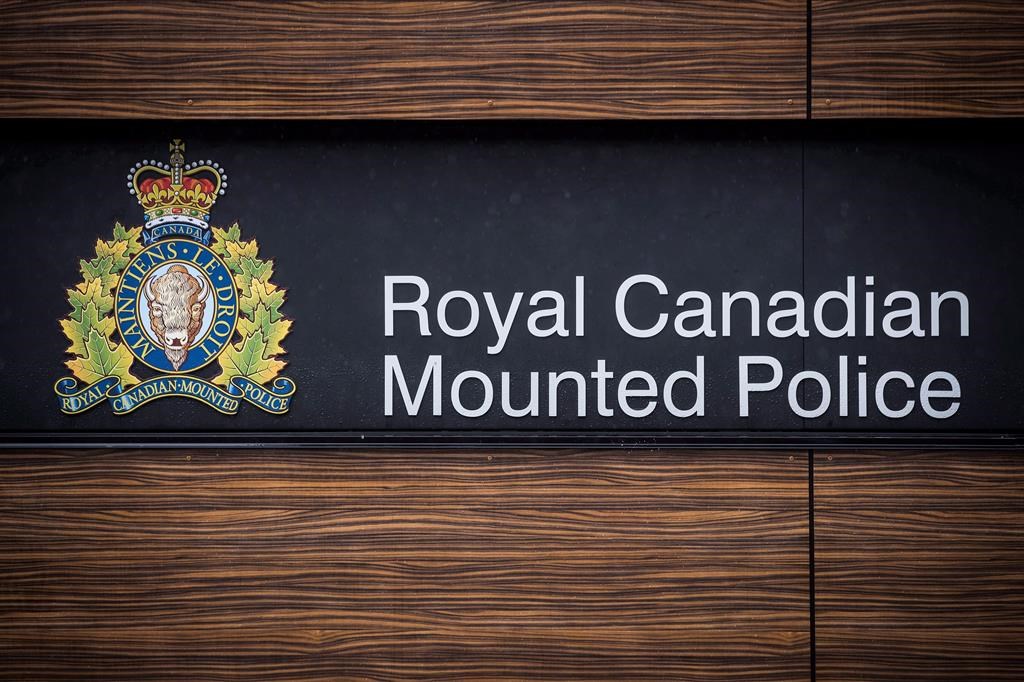Federal court orders a new hearing for First Nations child welfare
Posted Apr 18, 2012 3:31 pm.
This article is more than 5 years old.
OTTAWA – A new Federal Court ruling on child welfare clears the way for First Nations to challenge federal funding for education, policing and health care, says the Canadian Human Rights Commission.
The court handed First Nations groups and child-welfare advocates a victory Wednesday, ordering a new hearing into whether Ottawa is discriminating against native children.
The ruling rejected the federal government’s technical attempts to prevent First Nations groups from arguing for better funding for child welfare on reserves.
“This is an important victory, not only for the First Nations who are involved in the case, but indeed we would suggest all First Nations, because it really underpins the access to justice for all First Nations people,” acting human rights commissioner David Langtry said in an interview.
“This is extremely significant to us. It’s a key test of our legislation as it applies to First Nations, and affects a wide range of cases involving federally funded programs and services.”
On the surface, the ruling is about child welfare.
The ruling means First Nations and the federal government will have a full-blown hearing about whether Ottawa is treating native children unfairly.
“It’s a real victory for all the children who have waited so long for this,” said Cindy Blackstock, who heads the First Nations Child and Family Caring Society of Canada and spearheaded the legal challenge.
First Nations groups say Ottawa is discriminating against native kids because the support the feds provide for child welfare on reserves is much lower than what kids off reserves get from provincial governments — even though the need is greater.
Blackstock figures the federal government should be spending about $200 million a year more, in order to just match the level of service the provinces deliver to non-aboriginal children.
But the federal government has tried to block the case on technicalities, saying it was not fair to compare federal services to provincial services.
The Canadian Human Rights Tribunal initially sided with the apples-and-oranges argument from the government, and rejected the case without hearing substantive arguments.
But the Federal Court disagreed, and has ordered the tribunal to hold a new hearing, under a completely new panel of decision-makers.
“It’s a real slap to the tribunal. They have to go back to the drawing board,” said Carolyn Bennett, the Liberals’ aboriginal affairs critic.
A spokesman for Aboriginal Affairs Minister John Duncan did not rule out an appeal, saying the government was reviewing its options.
If the government chooses to appeal, Langtry figures the case could wind up in the Supreme Court.
He said the ruling opens the door to similar challenges on federal funding to First Nations for education, policing and health, and not just child welfare.
That’s because the federal government funds those services on reserves, but provinces fund those services off-reserve, usually at higher levels.
The ruling from the judge, Anne Mactavish, said that in day-to-day practice, the federal government frequently compares its own child welfare services with services delivered by provinces.
“The tribunal erred in failing to consider the significance of the government’s own adoption of provincial child welfare standards in its programming manual and funding policies,” she writes.
Both Langtry and Shawn Atleo, the national chief of the Assembly of First Nations, urged the federal government to use the court ruling as a basis for a negotiated solution.
“We must all agree that lengthy and costly legal battles are not the way forward,” Atleo said in a statement.
“The priority is to deliver on justice and fairness for our children, and the way forward must be about working together focused on real action and results for our kids and all First Nation peoples.”
The prevalence of First Nations children in child-welfare system across Canada is far higher than for non-aboriginal children. There are far more native children in care now than at the height of the residential school system.
A recent study of maltreatment of First Nations children found that children on reserves are far more likely to be living in a troubled situation than non-aboriginal children.
The national study found that First Nations children are eight times more likely to be subjected to neglect, and 4.7 times more likely to be exposed to violence.
For years, the First Nations Child and Family Caring Society of Canada as well as the Assembly of First Nations have argued that the federal government would be better off funding prevention services and supports for families, rather than paying for foster care.
“The difficulties facing many of the families involved in these First Nations child welfare investigations may require programs offering longer-term, comprehensive services designed to help them address the multiple factors — such as poverty, substance abuse, domestic violence and social isolation — which pose chronic challenges to their abilities to ensure the well being of First Nations children,” the report concludes.
The federal government has recently started moving in that direction, but slowly. Recent changes focused on prevention saw the annual budget for child welfare rise by about $100 million a year, to a total of $600 million.










